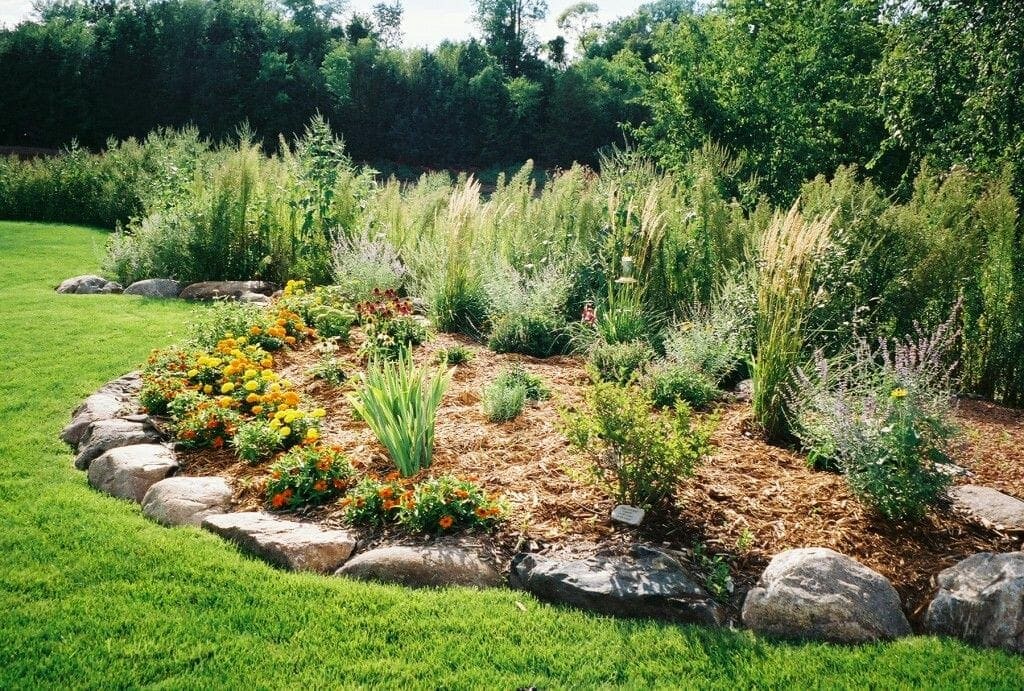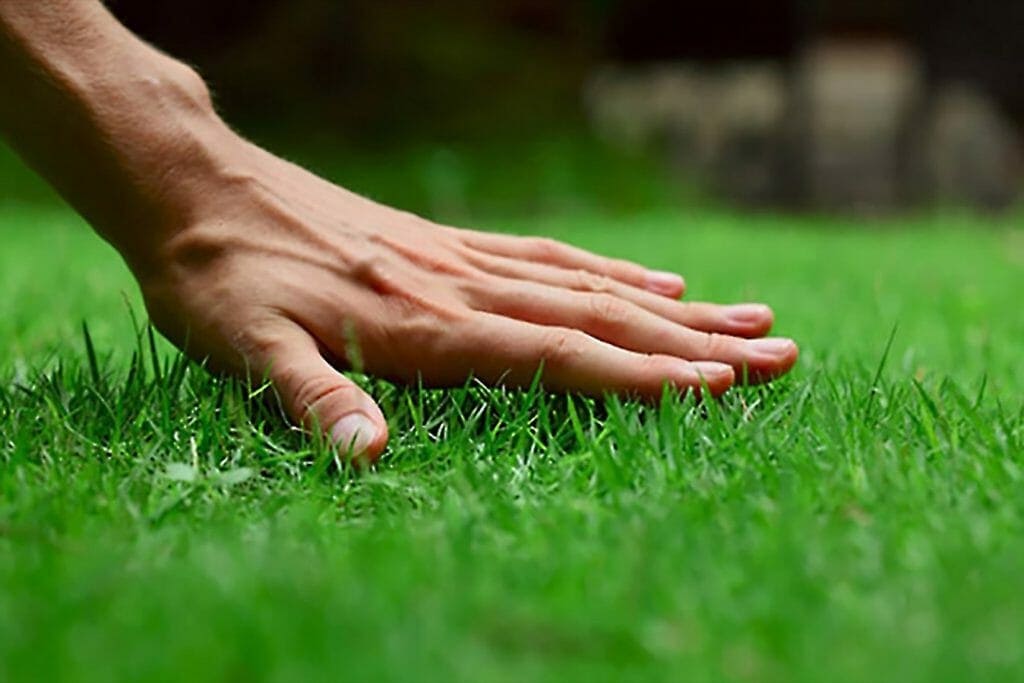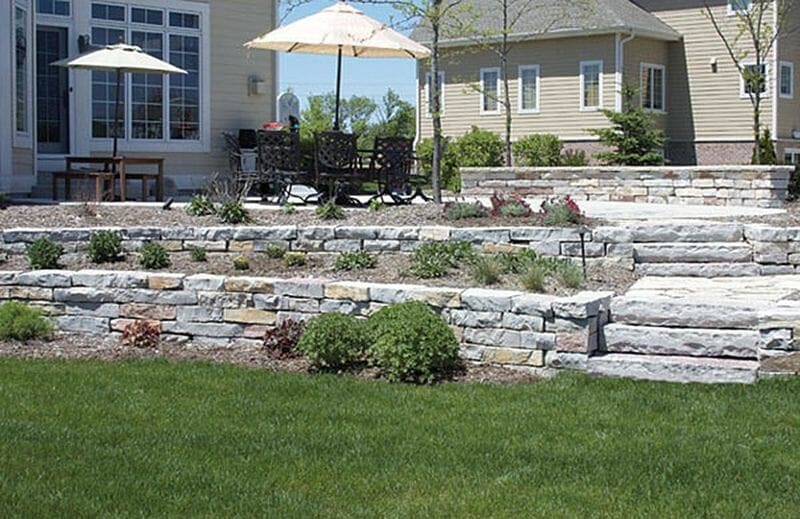Written by Beth Hyatt Presley and published on https://www.totallandscapecare.com/
If you are new to landscaping, chances are you’ve seen many “berms” in your lifetime without even realizing that these structures had a name. That’s because, for all of their variations, the concept behind berms is so simple that it’s easy to take them for granted. Let’s look at what they are, how to build them, and the reasons why you might want to incorporate one into your landscaping.
A berm is simply a rounded mound of soil (and, sometimes, fill) built upon an otherwise level patch of land to improve the design of a property. The fact that a berm is rounded is what distinguishes it from a raised bed. The latter has a flat surface and a rectangular shape.
How to: Building beautiful berms
Photo: Total Landscape Care
If your customers have a fairly flat landscape and desire a little height variation throughout, why not give berms a try?
Berms are mounded hills of dirt constructed for blocking out unwanted or unsightly views, creating a subtle sense of privacy, directing or redirecting drainage and foot traffic, emphasizing a particular focal point or adding raised elements to the garden.
Not to be confused with the infamous mulch volcano, which are eight to 12-inch piles of mulch stacked around the trunk of a tree, berms are mounds of soil that can sometimes have a small layer of mulch spread over the top. They may look very similar at a first glance, but the two are very different.
If your customers like the idea of having a bit of height in their yard and want to experiment with a berm, check out a few tips to keep in mind that will help you build a better berm and explain its benefits.
Making the berm
Creating a berm isn’t too complicated. Once you begin constructing it, you will typically use some sort of fill material like plant debris, sand, soil or rubble, and this material can be used to make the bulk of it. As long as the material can stably retain without deteriorating, it can be used as the fill material. To ensure more vigorous plant growth, it is recommended that you incorporate compost into the soil.
Before ever starting on the berm, be sure you talk with your customer and have a plan in action. Also, be sure to talk to him/her about drainage options within the area that surrounds the berm, as it could redirect runoff to other areas, affect drainage patterns or encourage pooling after it rains.
Generally speaking, berms should be about four or five times as long as they are high, and they will gradually trail off out into the lawn. There are many ways to create berms, and each one can vary in size and can have more than one peak. Berms can be as deep as your customer desires, but typically, they are no taller than 18-24 inches.
Berms can be made into pretty much any shape, which makes them handy for landscapes that might not have the most traditional measurements, but for a more natural look, stick with the curving shape. They can run the expanse of the yard in a flowing fashion, or they can be edged with stone and plants to give them a more formal look. Adding a border to a berm can also help cut down on the soil eroding into the lawn.
When starting the process, begin by outlining the shape of the berm with chalk, spray paint or flour. Remove the sod and load the bottom of the berm with whatever fill you’ve chosen and pack down around it with soil. Continue to pile the soil to create a sloping mound, and keep in mind that when you’re shaping the berm, pile the dirt into a shape that will mimic the landscape around it.
The goal of a berm is to blend naturally with its surroundings and enhance the overall design that’s already present. Take time to step back when building and shaping the berm to see how it’s progressing and blending with the area around it. If you see that it’s sticking out more than blending, try taking it in a new direction.
Always remember that the transition between landscape and berm should be smooth and gradual, and contrary to popular belief, its peak should not be located in the middle. To help keep a more natural look and help balance out the berm, the peak should be located more to one side. There can also be more than one peak per berm, but these peaks should vary in their height, width and sloping.
Once the berm is complete, tamp it to prevent possible collapsing. Tamping will also help keep air pockets from pushing up plants and ultimately drying them out. It also helps to water a brand new berm and follow that by tamping it again to make sure it doesn’t develop sinkholes. If this does happen, be sure to add more soil and continue tamping until it feels solid.
Planting options
Once the berm’s complete, it’s time to choose what all your customer wants in it.
When picking out plants, keep in mind that there will be microclimates within the berm that will affect whatever plants you select, and also keep in mind that water will drain faster at the top of the berm, so choose plants that can tolerate drier conditions for that section. To contrast that, plants that love moisture would enjoy being at the bottom of the berm.
Because of the berm’s slope, remember to keep an eye on temperatures throughout the year. Plants facing the east and north will be cooler, and plants facing the west and south will be warmer.
Having plants in the berm will also emphasize its shape, so talk to your customer about having a multitude of plant forms, heights, textures and heights present, as this will help the berm’s look and appeal last year-round.
Shorter plants should be located at the top and down the sides of the berm, and taller varieties will look better in the back, depending on the overall shape of the berm.
As mentioned earlier, berms will have a layer of mulch on the top of the soil, but they won’t be completely made of mulch. Keeping that in mind, finish off the berm with a healthy layer of mulch to help keep soil erosion at bay, provide insulation and slow down water.
Shredded wood is usually a good option for berms since it’s less likely to wash down in rain, and it also will blend in well with the surrounding landscape.
Original post here https://www.totallandscapecare.com/business/article/15042146/how-to-building-beautiful-berms/.



